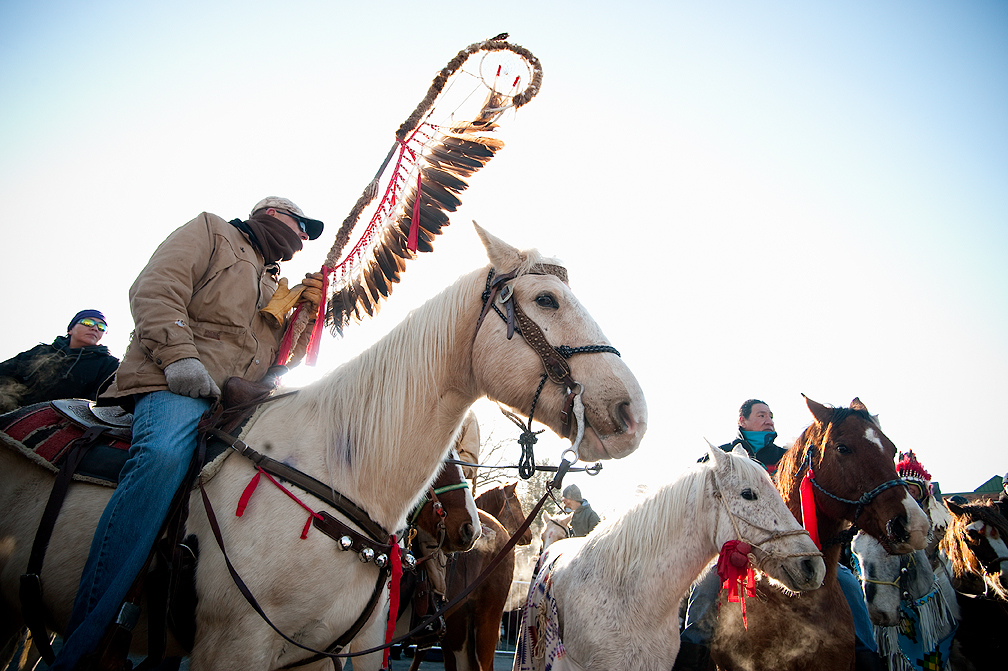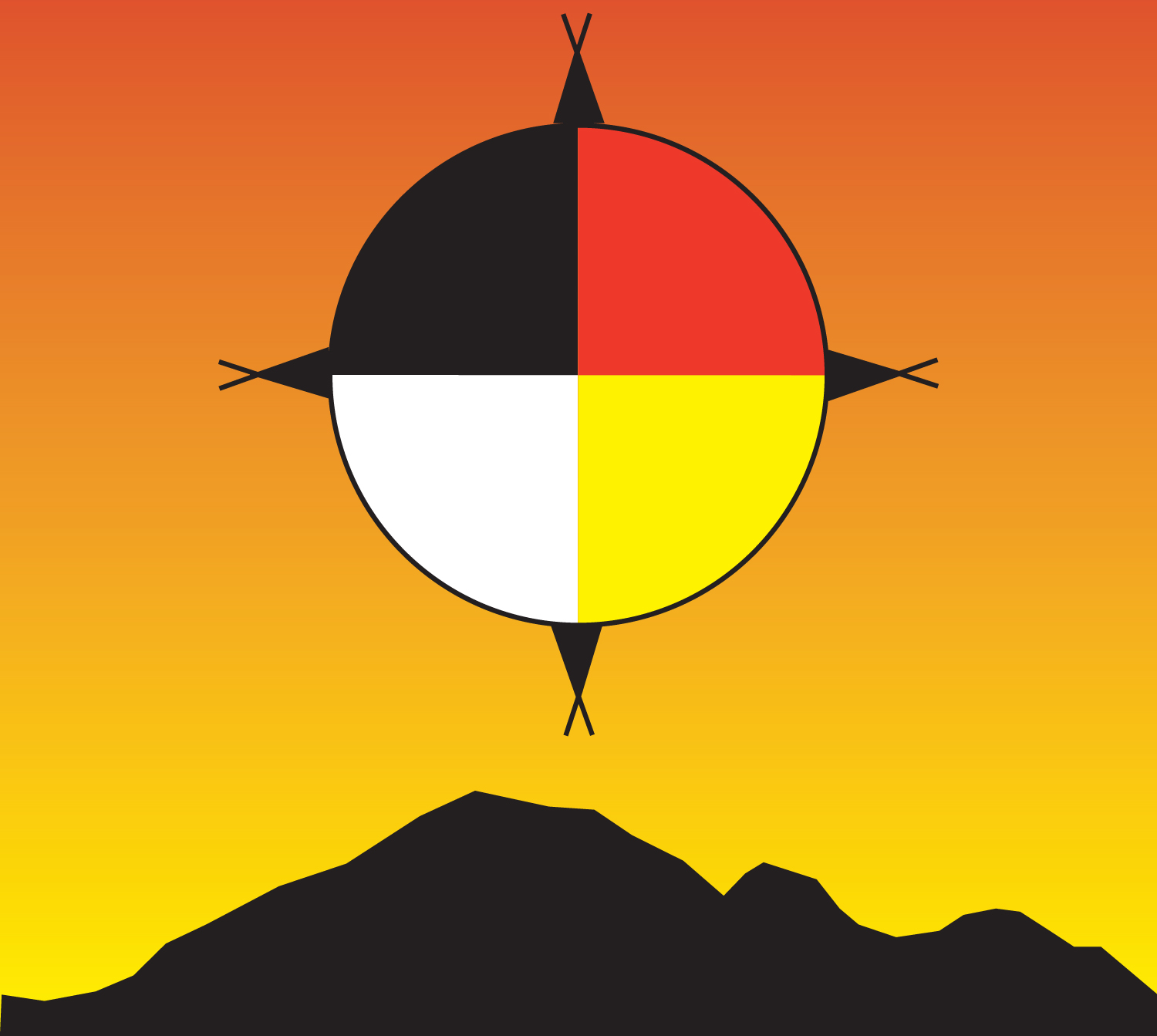Indianz.Com > News > Native Sun News Today Editorial: A month of tragedies for our people

The month of December marked many tragedies for the Lakota, Dakota and Nakota people
Wednesday, December 23, 2020
On December 15, 1890, Sitting Bull was shot to death on the Standing Rock Sioux Reservation.
In order to justify his murder the newspapers and the federal government attempted to paint him as a terrible man, a war monger and the leader of a new religion called the Ghost Dance.
None of this was true. Caroline Weldon, a teacher and missionary who spent much time among Sitting Bull’s people, describes Sitting Bull as a good man. She wrote:
“Sitting Bull was not treacherous, nor cruel. He was not a liar, nor a murderer, as has been charged. He was a man of true nobility of character and generous deeds. As a friend, he was sincere and true, as a patriot devoted and incorruptible. As a husband and father, affectionate and considerate. As a host, courteous and hospitable to the last degree.
He was a typical Indian, and he held tenaciously to the traditions, of this people as sacred legacy. He distrusted the innovations sought to be forced upon the Indians. He believed that all the white men cared for was to get the Indian’s land from him. He had no faith in Government Commissioners or Christian missionaries. What he saw of white civilization did not impress him favorably. There was too much avarice and too much hypocrisy in it.
He never signed a treaty to sell any portion of his people’s inheritance, and he refused to acknowledge the right of other Indians to sell his undivided share of the tribal lands. For this he was denounced as obstructionist, a foe to progress … His influence with his people was very great. This fact made him unpopular with all who saw in his policy and influence obstruction to their selfish schemes, hence they demanded his removal.”
One of the excuses given by the government for the murder of Sitting Bull was that he was fostering the Ghost Dance, a religious dance brought to the Lakota by a Paiute Medicine Man named Wovoka. Chief Big Foot feared for the lives of his followers because they were also accused of doing the Ghost Dance so he fled to the Pine Ridge Reservation seeking the protection of Red Cloud. He and his followers were stopped by troopers of the 7th Cavalry at Wounded Knee.
The horrible massacre at Wounded Knee on December 29, 1890, followed in the wake of the assassination of Sitting Bull. Nearly 300 Lakota men, women and children were slaughtered by the U.S. Army on that day of infamy.
On December 26, 1862, 38 Dakota warriors were hanged in Mankato, Minnesota.
NATIVE SUN NEWS TODAY
Support Native media!
Read the rest of the story on Native Sun News Today: The month of December marked many tragedies for the Lakota, Dakota and Nakota people
Contact the Native Sun News Today Editorial Board at editor@nativesunnews.today
Note: Copyright permission Native Sun News Today
Search
Filed Under
Tags
More Headlines
Native America Calling: Is Native history patriotic enough for history class?
Native America Calling: Paying the price for 80 years of nuclear development
Native America Calling: The fight for Shinnecock Nation fishing rights
Source New Mexico: Funding for Navajo Nation water project in doubt
Colorado Newsline: Corporation for Public Broadcasting shutting down
Arizona Mirror: Former Navajo Nation president mounts another run for Congress
Cronkite News: Democrats look to take House from Republicans
DVIDS: Mescalero Apache Tribe welcomes military aid after flooding
NAFOA: 5 Things You Need to Know this Week (August 4, 2025)
Chuck Hoskin: Cherokee Nation writes new chapter in education
Native America Calling: Native educators grapple with burnout
Cronkite News: Farm offers horse therapy for adults and youth
Native America Calling: Indigenous economic opportunities and threats in the Arctic
Native America Calling: Bridging Indigenous cultures across the Arctic
Cronkite News: Speculation surrounds visit by Sen. Ruben Gallego (D-Arizona)
More Headlines
Native America Calling: Paying the price for 80 years of nuclear development
Native America Calling: The fight for Shinnecock Nation fishing rights
Source New Mexico: Funding for Navajo Nation water project in doubt
Colorado Newsline: Corporation for Public Broadcasting shutting down
Arizona Mirror: Former Navajo Nation president mounts another run for Congress
Cronkite News: Democrats look to take House from Republicans
DVIDS: Mescalero Apache Tribe welcomes military aid after flooding
NAFOA: 5 Things You Need to Know this Week (August 4, 2025)
Chuck Hoskin: Cherokee Nation writes new chapter in education
Native America Calling: Native educators grapple with burnout
Cronkite News: Farm offers horse therapy for adults and youth
Native America Calling: Indigenous economic opportunities and threats in the Arctic
Native America Calling: Bridging Indigenous cultures across the Arctic
Cronkite News: Speculation surrounds visit by Sen. Ruben Gallego (D-Arizona)
More Headlines
